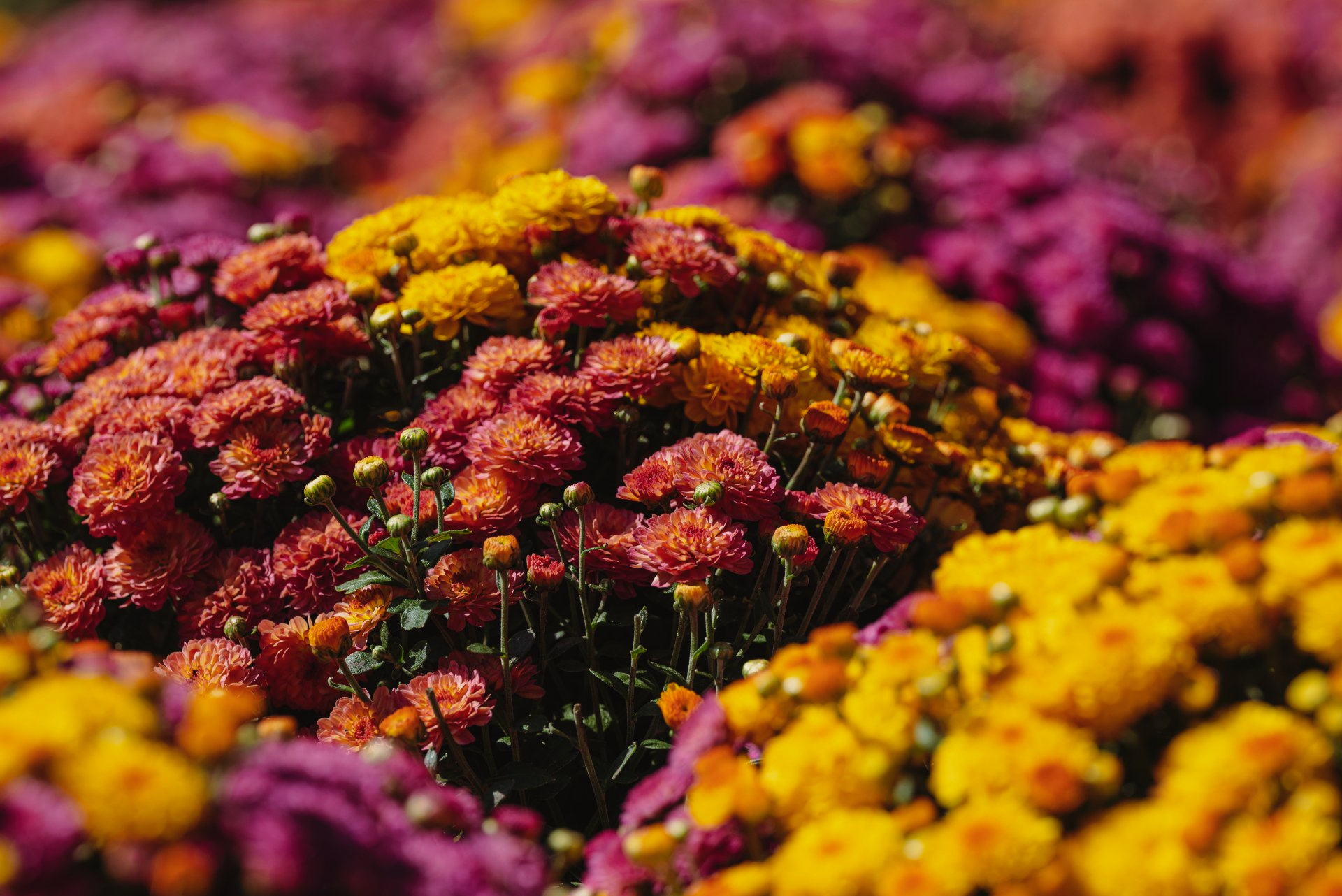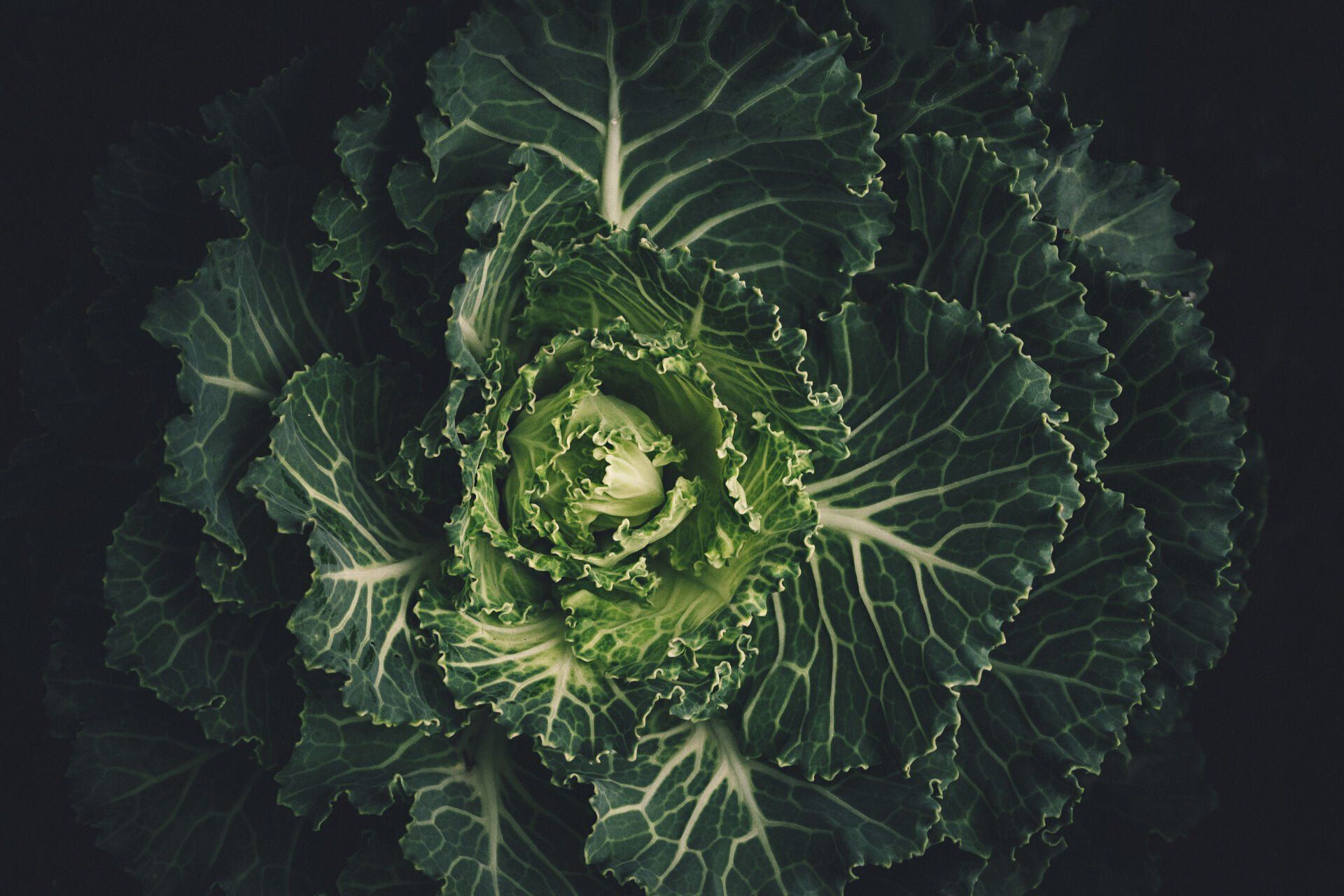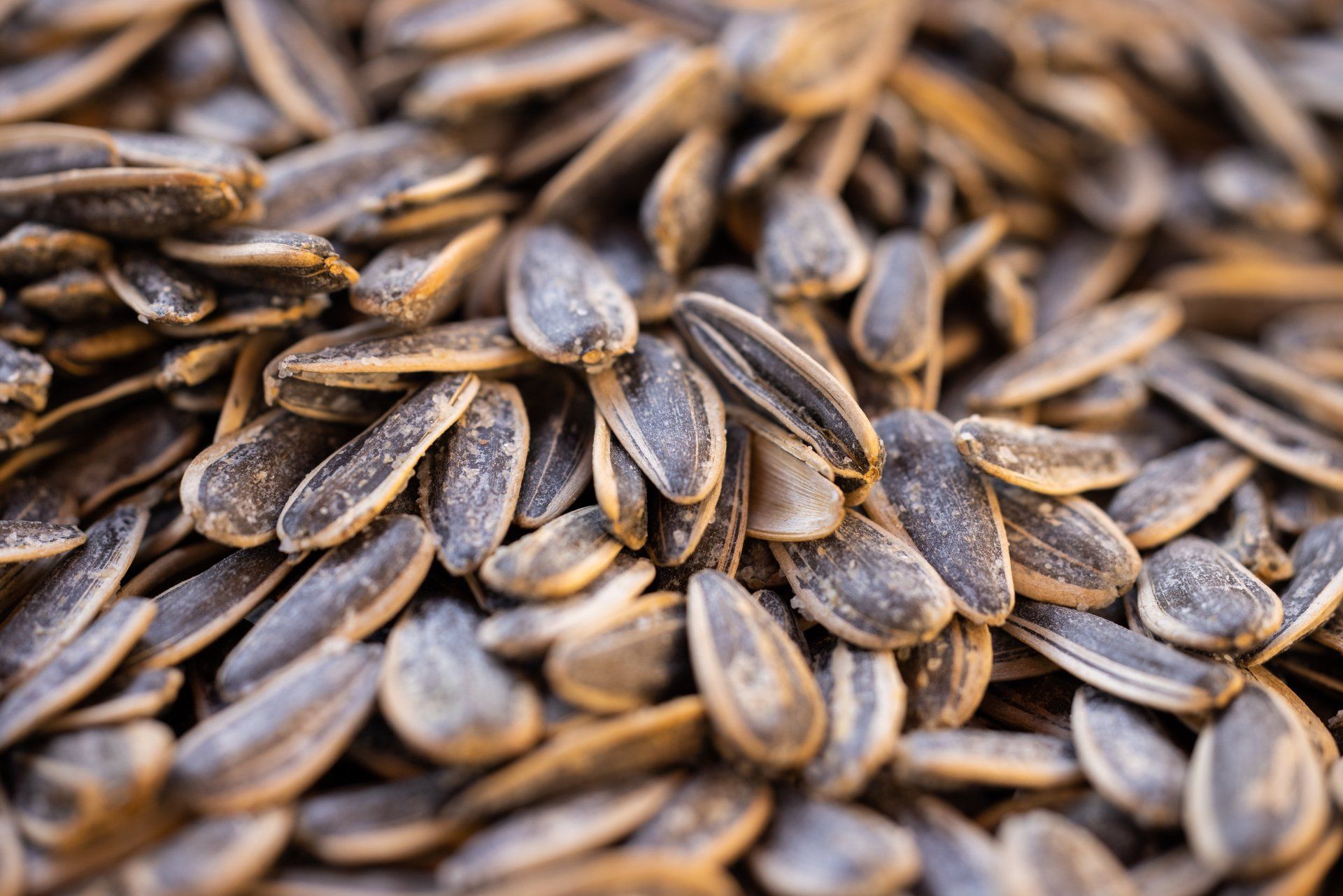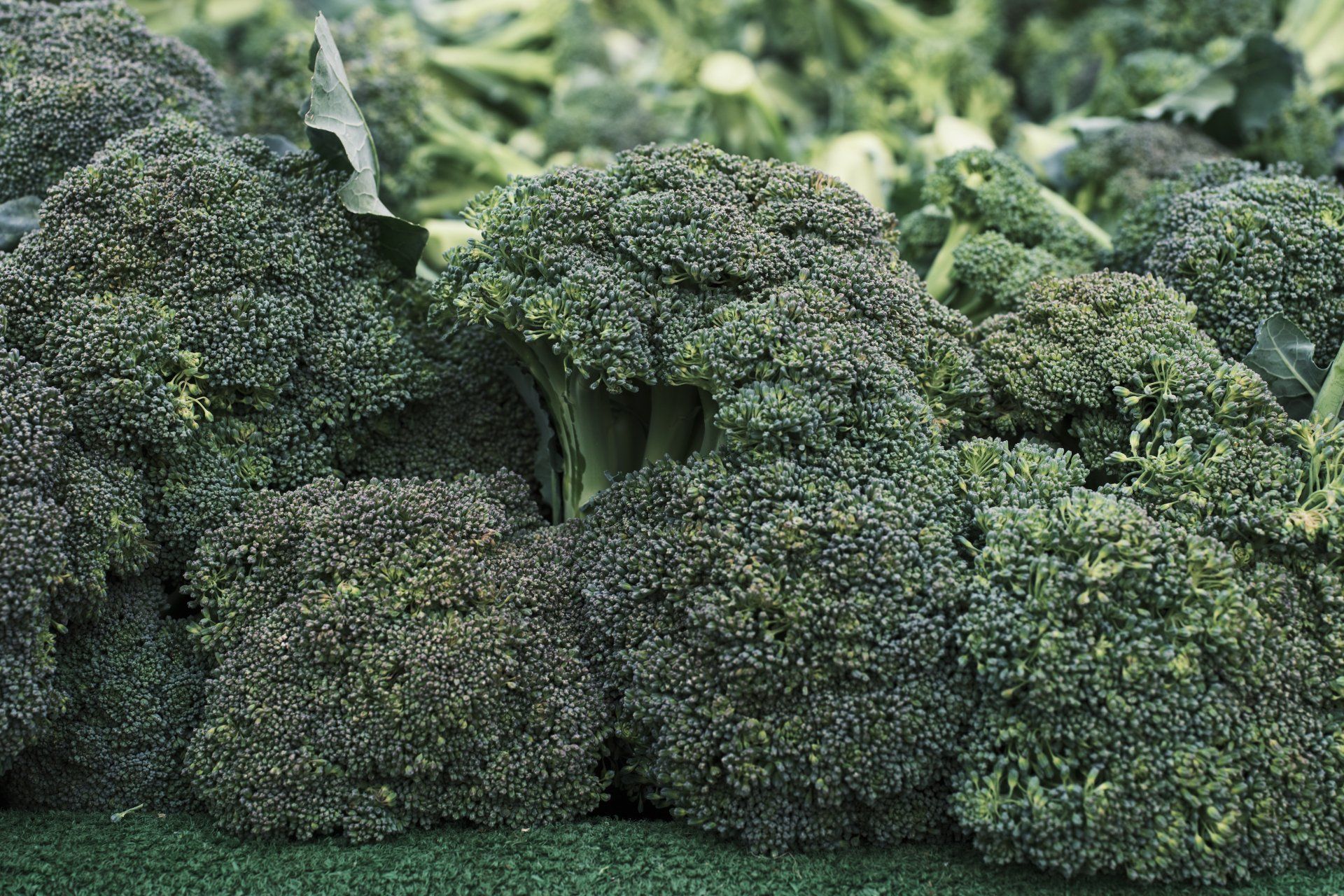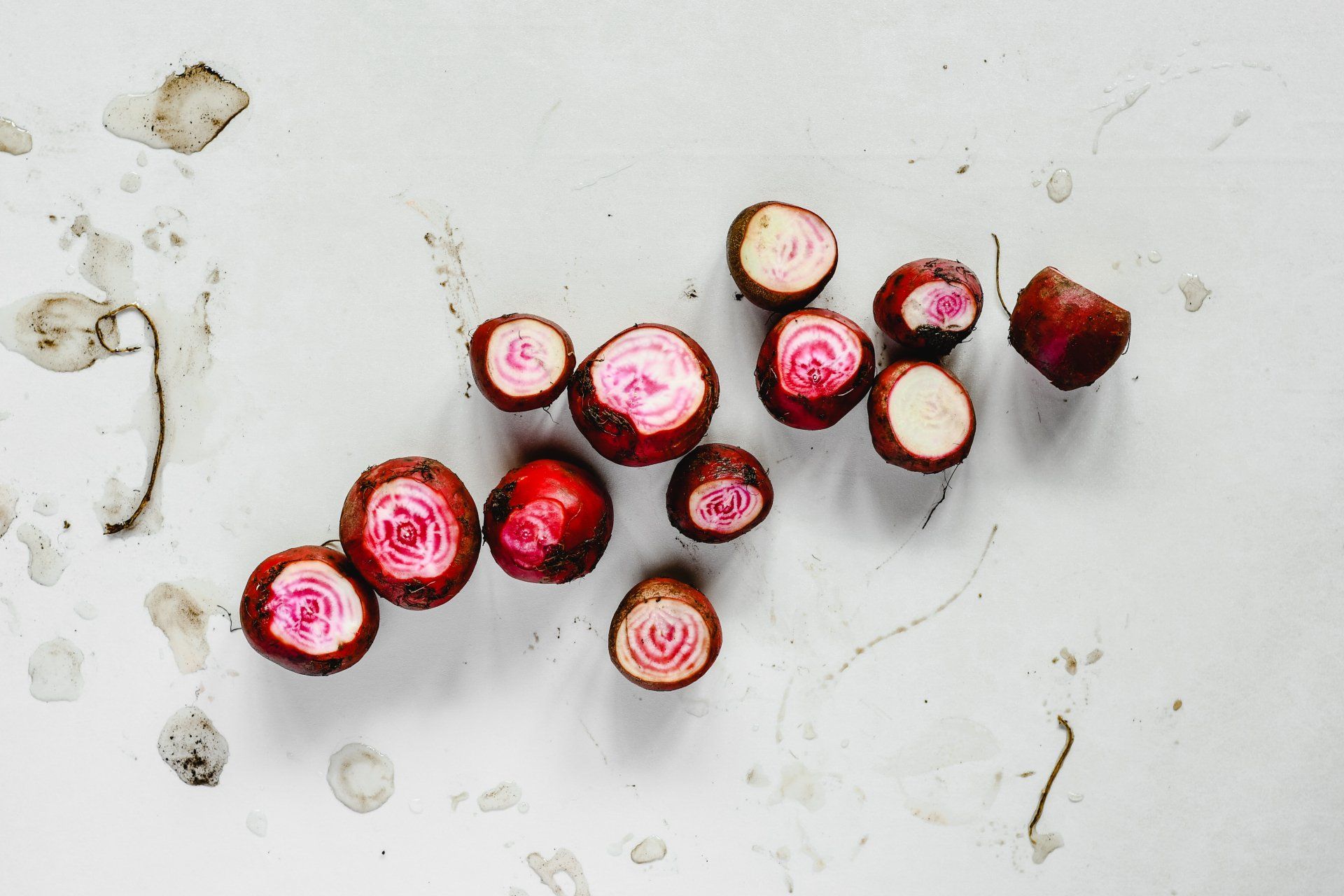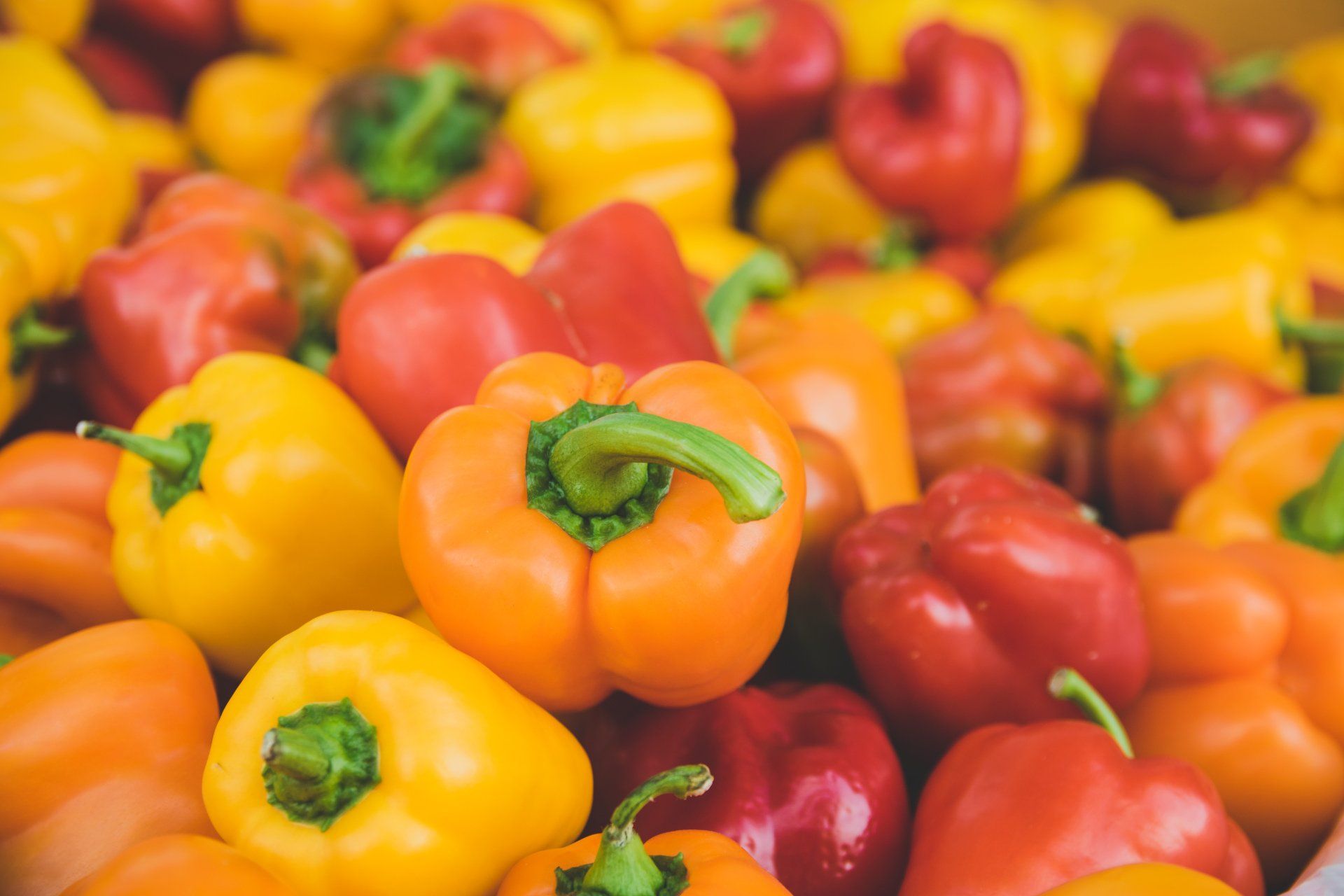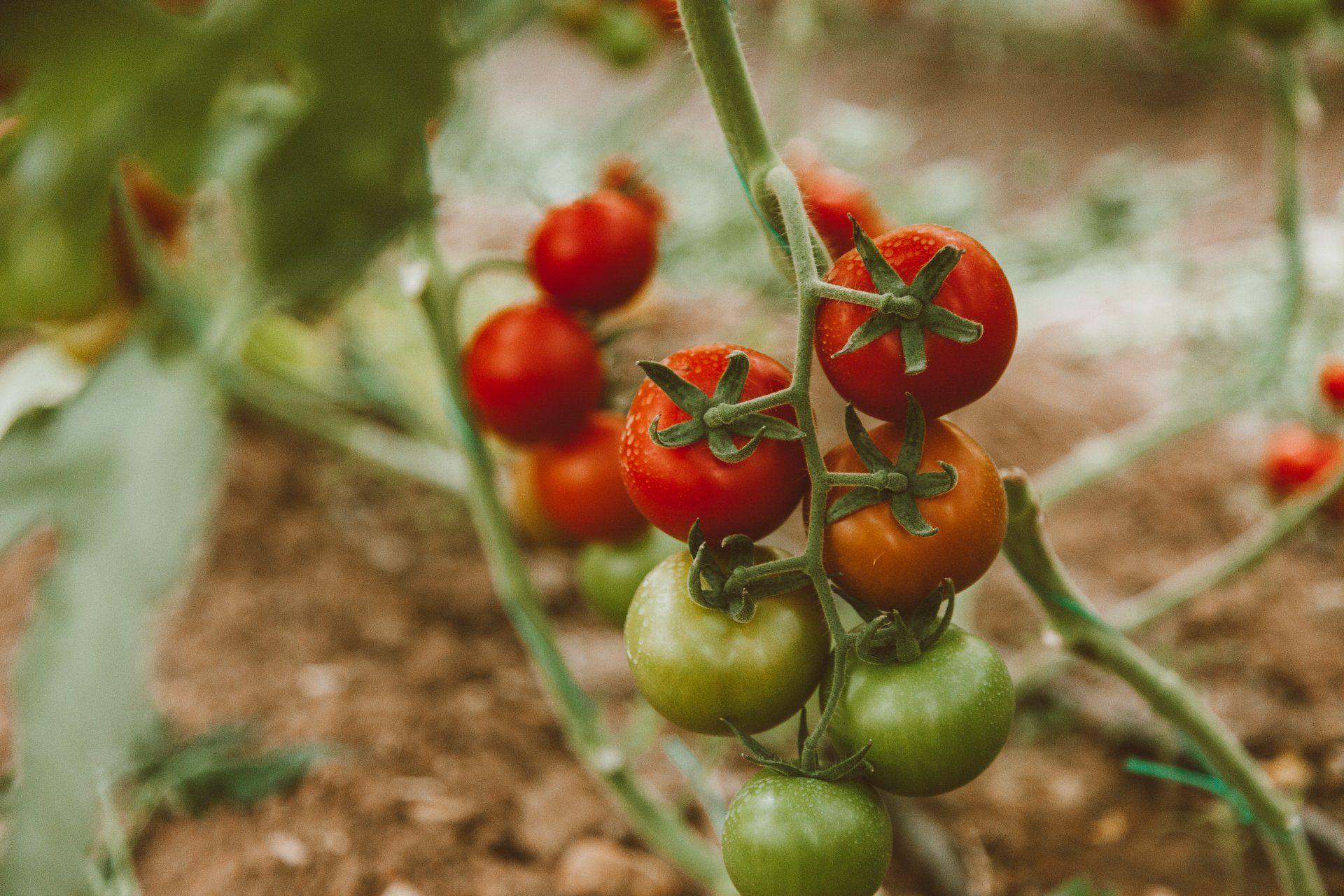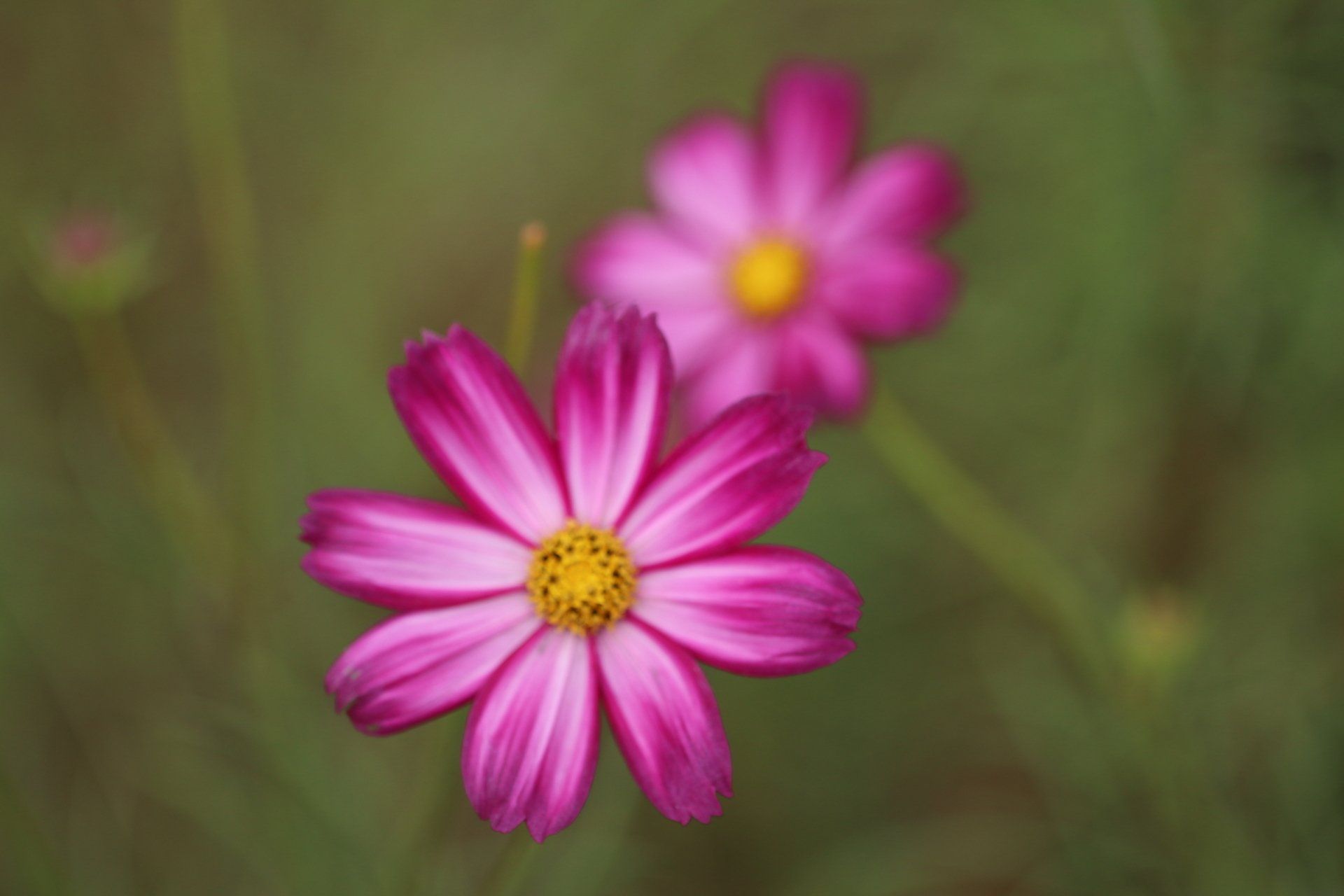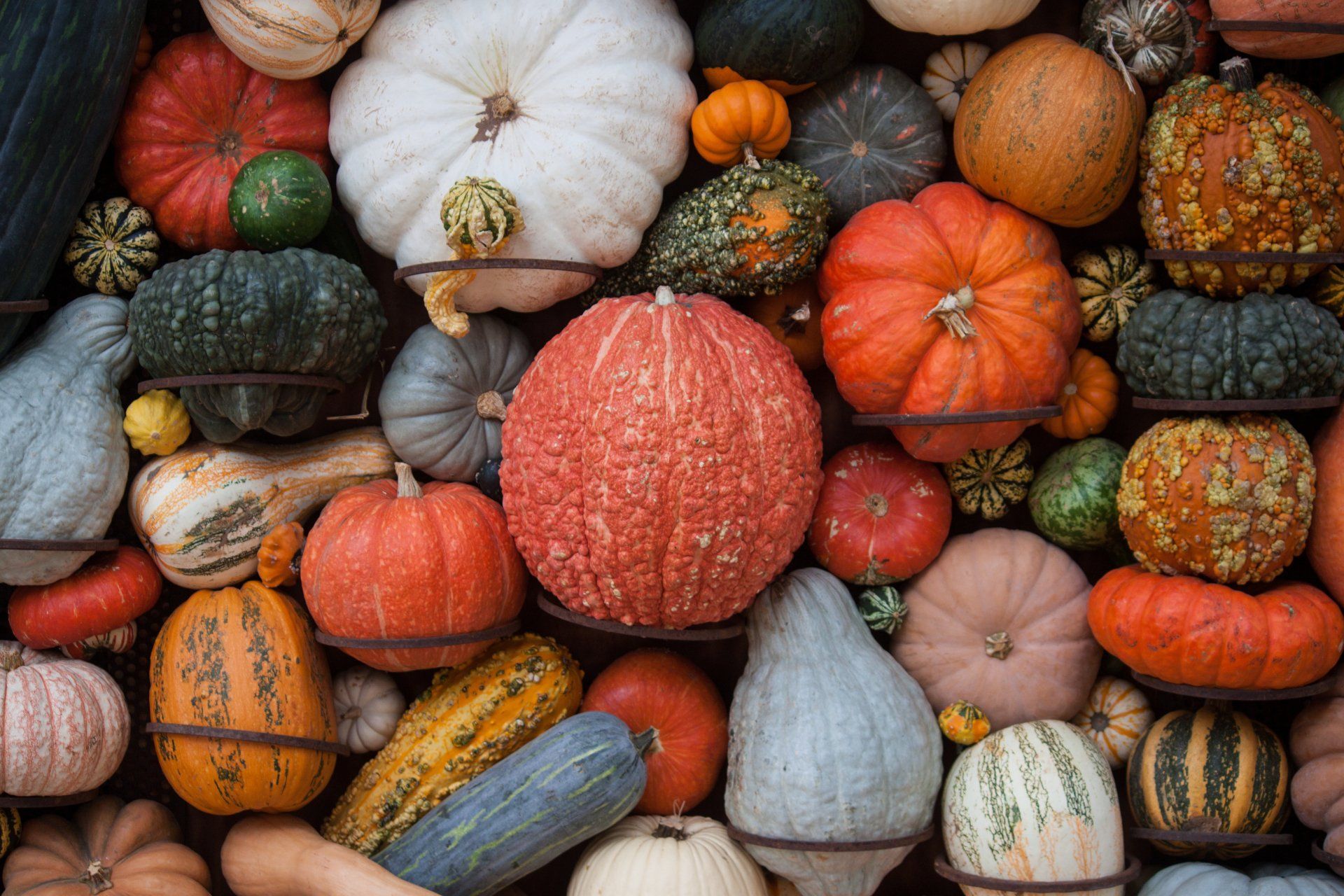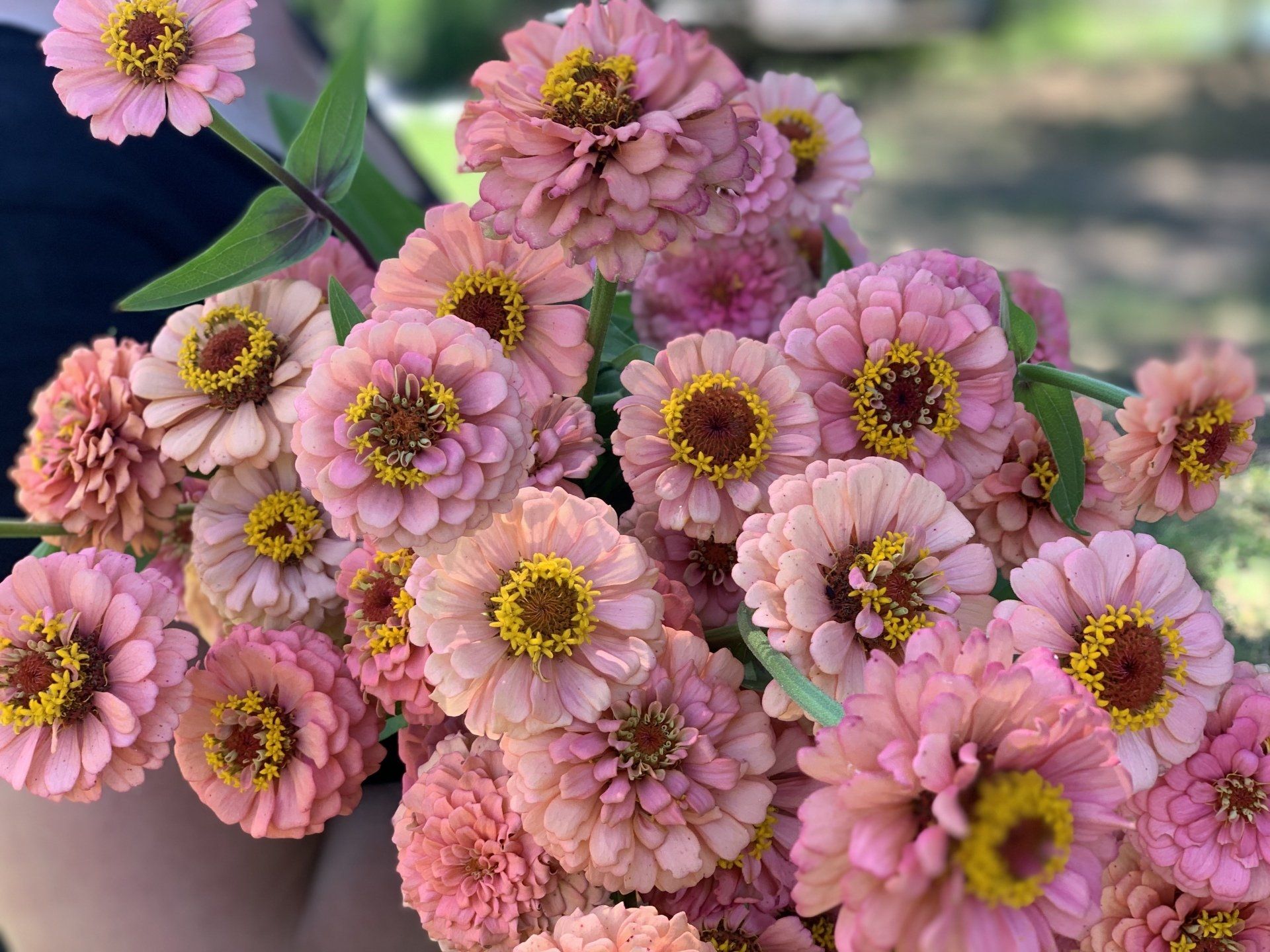Marigolds - An Excellent Garden Companion
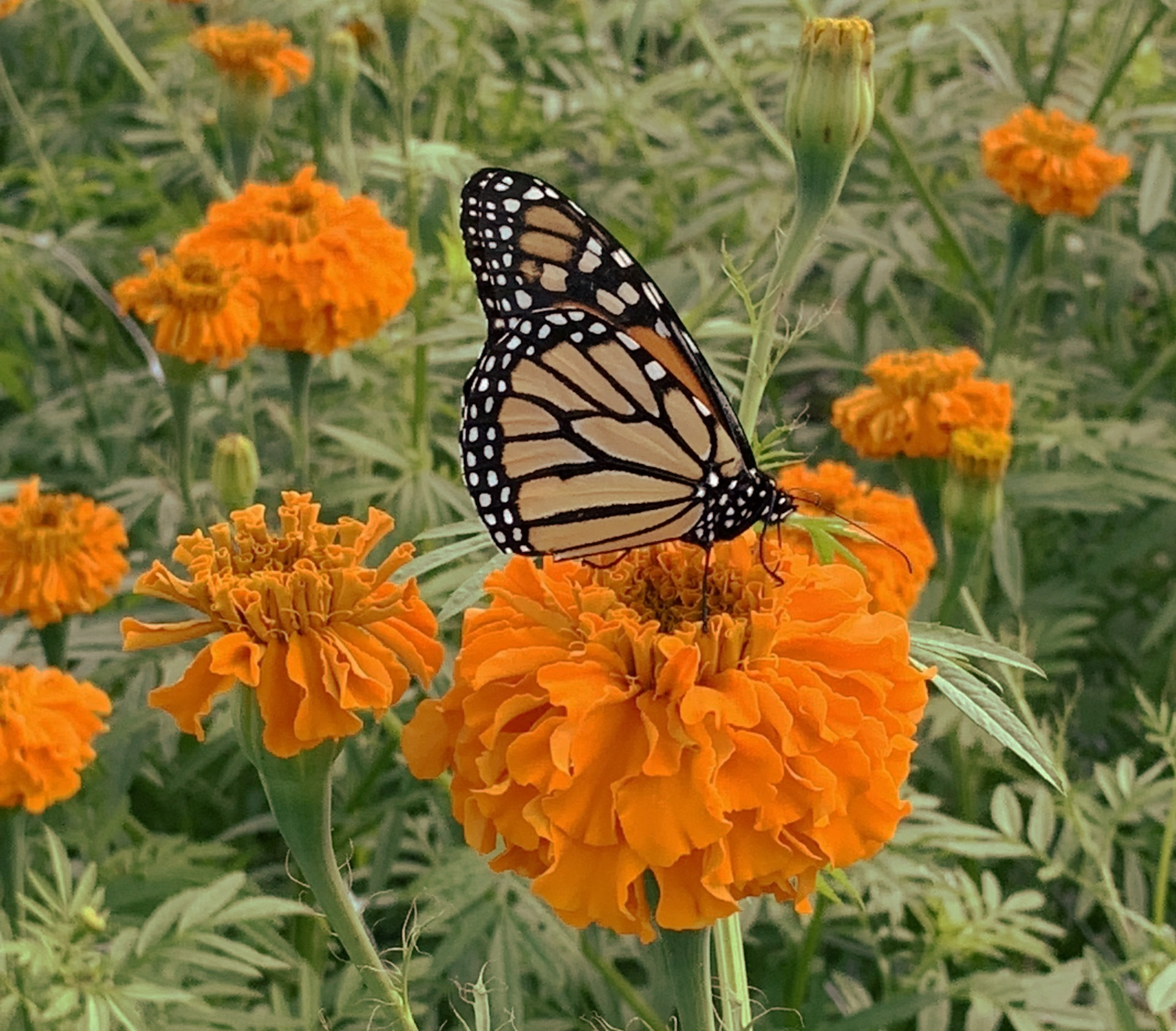
Marigolds are a fantastic collection that is an excellent garden and cut flower very commonly grown during the Fall, but we love during all warm months. They are edible and have a peppery flavor, the leaves have a scent that some love (and some despise), and that scent also makes them deer resistant. Hooray! They are drought resistant and do amazingly well during the hot months. The pollinators love them and butterflies are a common sight on our blooms in the gardens.
Marigolds have long been a favorite with vegetable growers and are known to be excellent companion plants to help deter pests and also bring in beneficial insects. The plants are known to deter usually cucumber beetles, Japanese beetles, nematodes, squash bugs, and potato beetles.
Specific vegetable plants that can benefit from marigolds are cucumbers, melons, eggplants, squash, potatoes, lettuce, pumpkins, tomatoes, asparagus, beans, and onions.
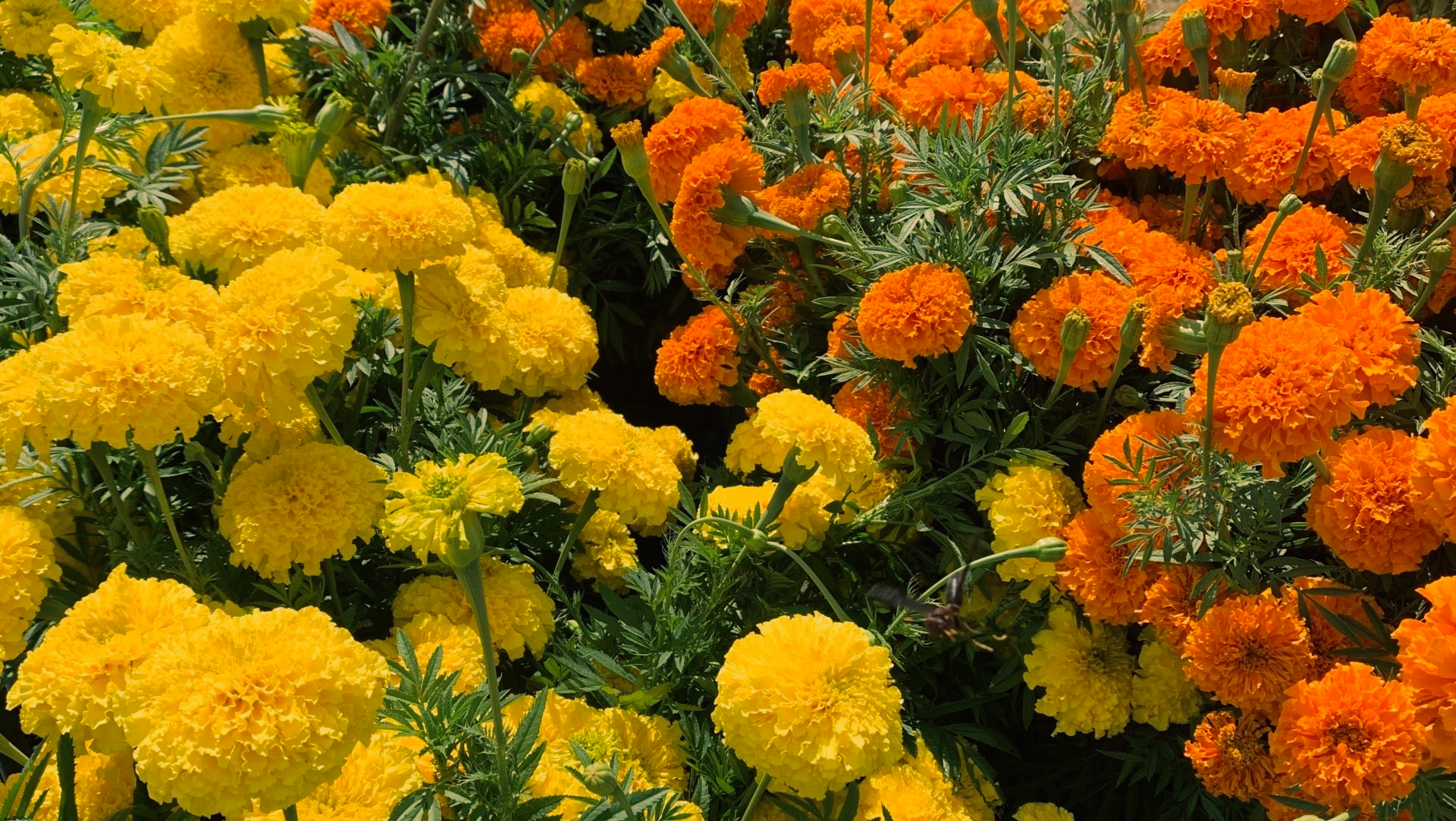
Site Selection
Marigolds need to have a place with full sun, at least six hours of full sunlight. They do prefer well draining soil with high organic content. A heaping scoop of compost raked into the soil will do wonders for plant health.
Planting & Watering
Marigolds can be direct seeded or transplanted depending on where you live. Here in South Texas, we have found that transplanting allows for the best success as our rainfall can be very inconsistent. The soil needs to be warm and they can be planted after the last frost in March or April. They do sprout easily though and grow quickly and need to be transplanted out within 2-4 weeks. If transplanting, it is important not to let them get leggy or root bound.
Marigolds are heat and drought tolerant and really only need to be watered in the first 30 or so days until they get good and established, unless it is during a hard drought season. We have found that watering through drip lines is the best method to help minimize the risk for fungus. However, you can also water at the base of the plants if needed which would be effective. The main point is to try to avoid wetting the leaves as much as possible.
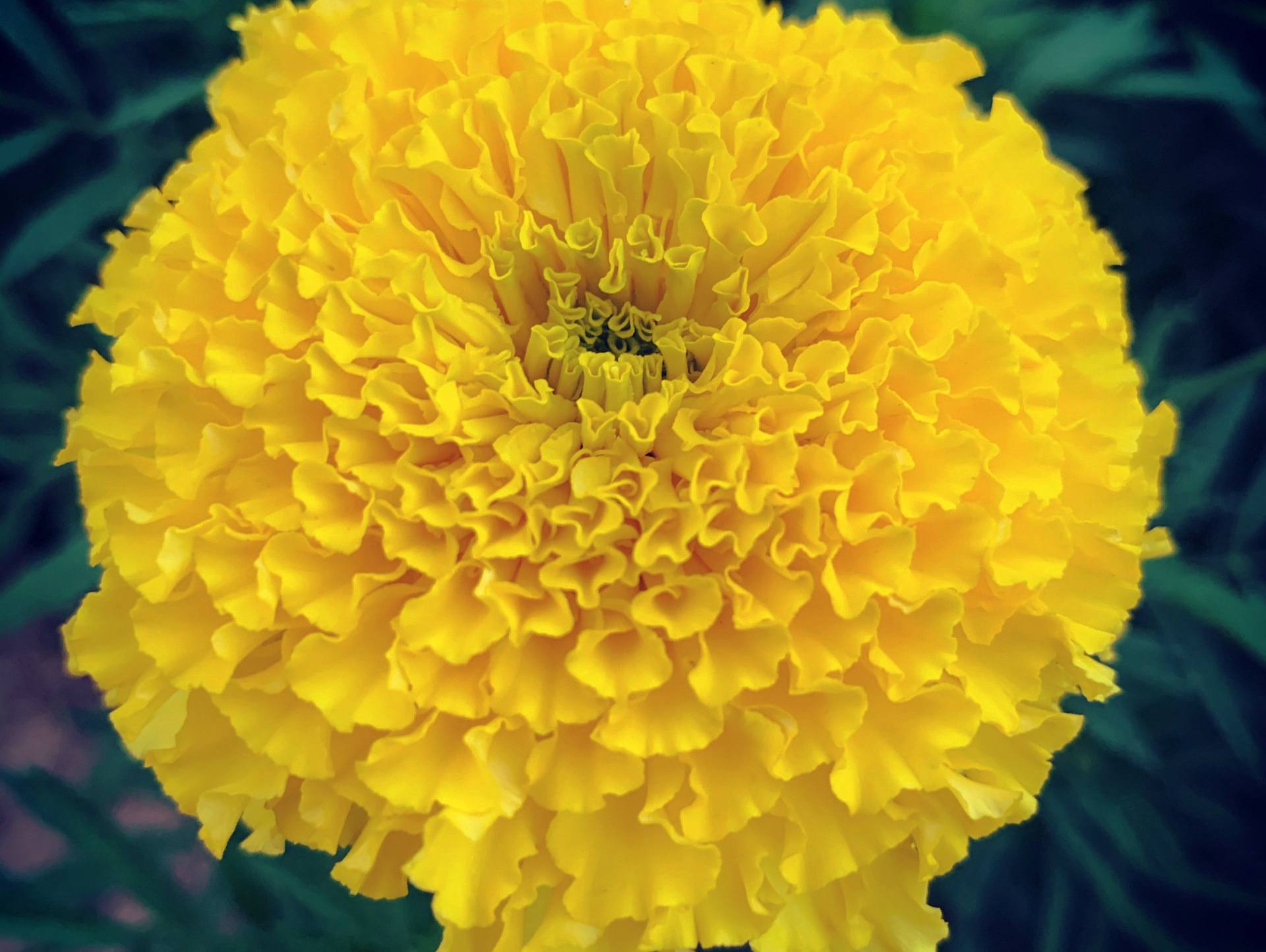
Spacing
Marigolds need more space between plants as they can get quite large and bushy. Planting 8 to 12 inches is a good rule of thumb. If you are in a more humid area, the 12 inch spacing is preferred so more airflow will be possible. The taller variety used for cut flowers can be 36-48” tall, and for these varieties, we recommend 12-18” between plants.
Pinching is an optional practice for Marigolds and can be done to help promote more blooms, stems, and height with some varieties. When the plants are about 8-12 inches tall, the center bud and stem is cut out about halfway down the stem, just above a leaf node. This can really make a dramatic increase in the number of blooms available over the lifespan of the plant.
Different Varieties Available
There are a wide variety of marigolds available from quite tall for cut flowers to shorter, dwarf varieties that are great for landscaping and raised garden beds. It is important to be mindful of the height and spread span of the specific variety you choose as this will impact where you should plant in the garden. The huge African varieties look stunning as a backdrop on the last row of beds, while the shorter French varieties are adorable for along pathways and in raised beds. There are some incredible new varieties coming out now and new colors that include white, pale yellow, pale orange, and a rosy red.
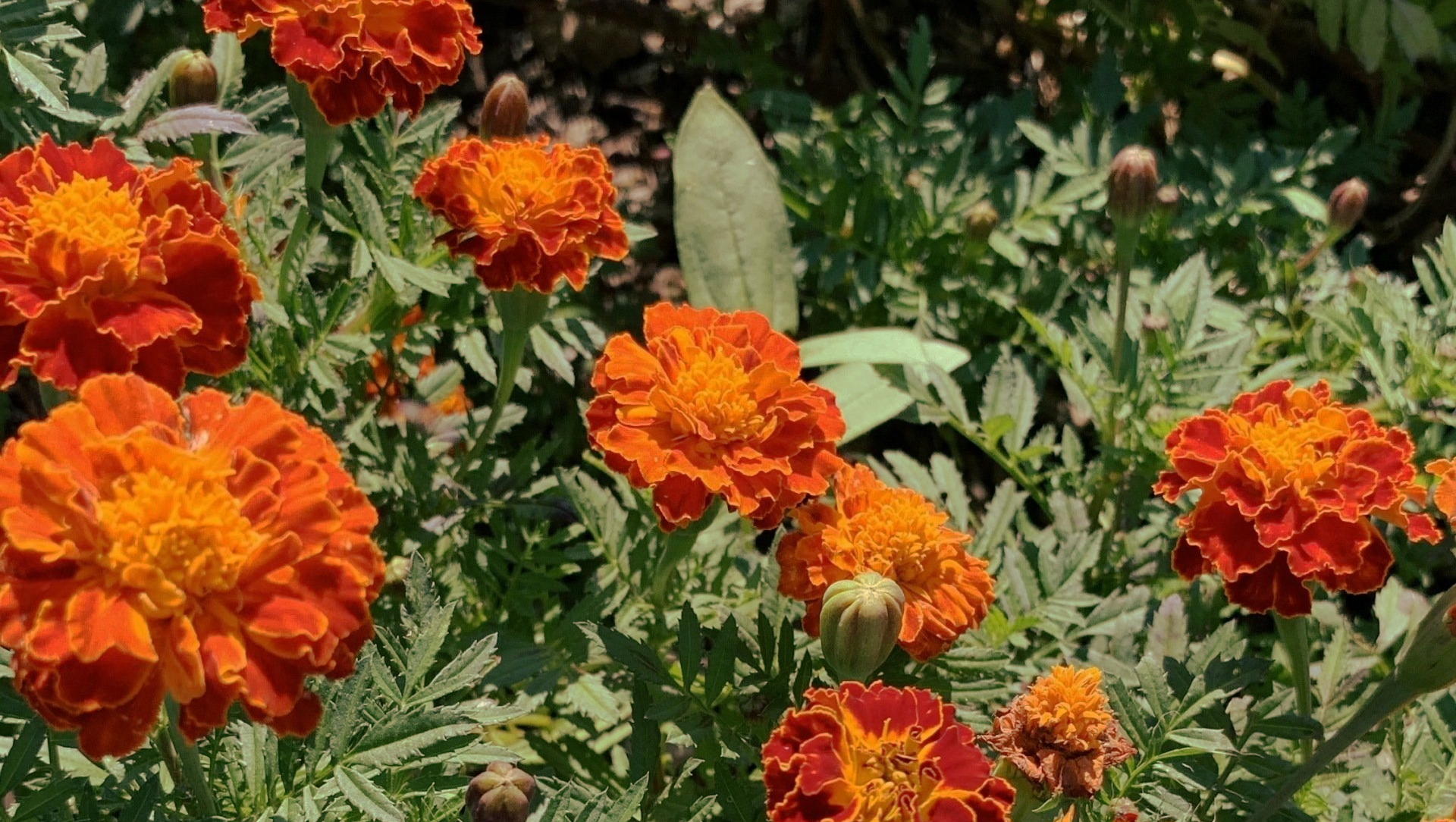
Pests & Disease
While normally not bothered by insects, some problems may arise with Marigolds to be mindful of along the growing season. Common pests may include caterpillars, aphids, leaf miners, snails, slugs, spider mites, thrips, and whiteflies. I have personally seen army worms and grasshoppers eating ours from time to time.
Marigolds are known to deter rabbits and deer with their strong scent found in the leaves.
Diseases that affect Marigolds can range from Botrytis blight, Powdery mildew, southern bacterial wilt, and damping off. If caught early enough, you can use a fungicide spray or drench. Your local garden center can help identify exactly what disease or pest you might have with a sample and help make recommendations for your exact region. If the fungus is widespread it might be best to dispose of the plant in the trash or by burning. It is not recommended to put in the compost pile as the spores can spread.
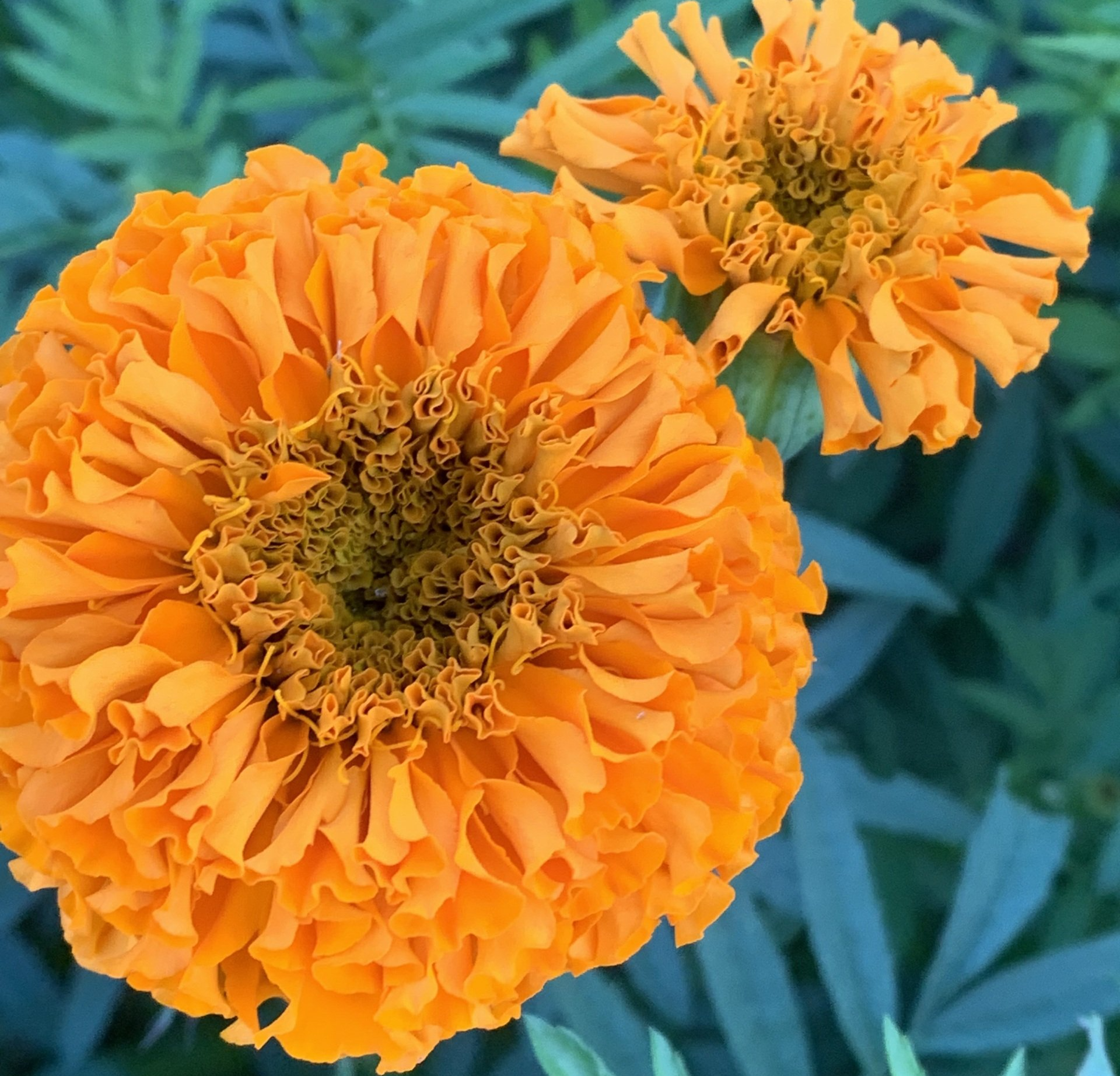
Harvesting Tips
Marigolds can be harvested after the blooms are about halfway open. They can be left out in the garden to develop and mature more, but there is a risk of pest and weather damage. When harvesting, cut long and pinch out the main stem and you may get several more stems blooming a few weeks later. Take off all the leaves before placing them in a bucket or vase. Marigolds have a long vase life and can last 10 to 20 days on average. It is not uncommon to find marigold stems developing roots in a vase.
Marigolds are one of our absolute favorites in the garden and we have a great selection in the Root & Roux Garden Shop available now! If you miss the window for planting this fall, just save your seeds in a cool, dry place and you can plant in the spring!
Happy gardening y'all!
